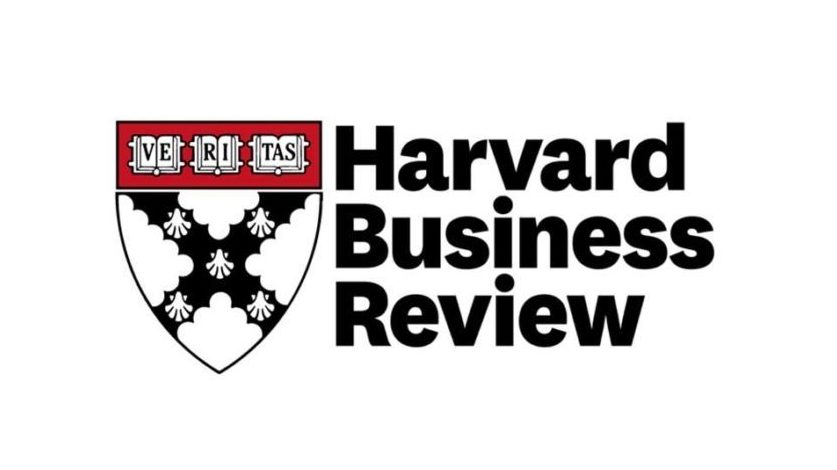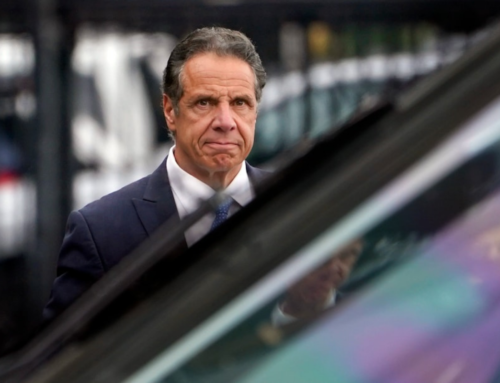Leah D. Sheppard, an assistant professor at Washington State University, and Stefanie K. Johnson, an associate professor at the University of Colorado Boulder, mocked up articles about company layoffs that included photos of the executives announcing the cuts. They then had study participants read the articles, rate the honesty of the leaders pictured, and decide whether they should be fired. When the executive shown was a woman, people found her to be less truthful and more worthy of termination if she was also highly attractive. The conclusion: For women in business, beauty is a liability.
Professor Sheppard, defend your research.
Sheppard: The articles we created for our experiments quoted a company leader explaining that the layoffs were due to economic conditions rather than some failure within the organization itself. We recruited both male and female participants in the United States via Mechanical Turk—an online platform on which people are usually more educated than the general population—divided them into four groups, and showed each group a different photo of the spokesperson announcing the cuts. Some saw a highly attractive woman, others a less-attractive woman, some a highly attractive man, others a less-attractive man. We’d previously asked other people to rate the attractiveness of the executives pictured, and for consistency, all were white and professionally attired. We also used photos of two different men and women in each category of attractiveness—to make sure it wasn’t something else about the person shown or the photo itself that was causing the effect—though each study participant saw only one person.











Leave A Comment